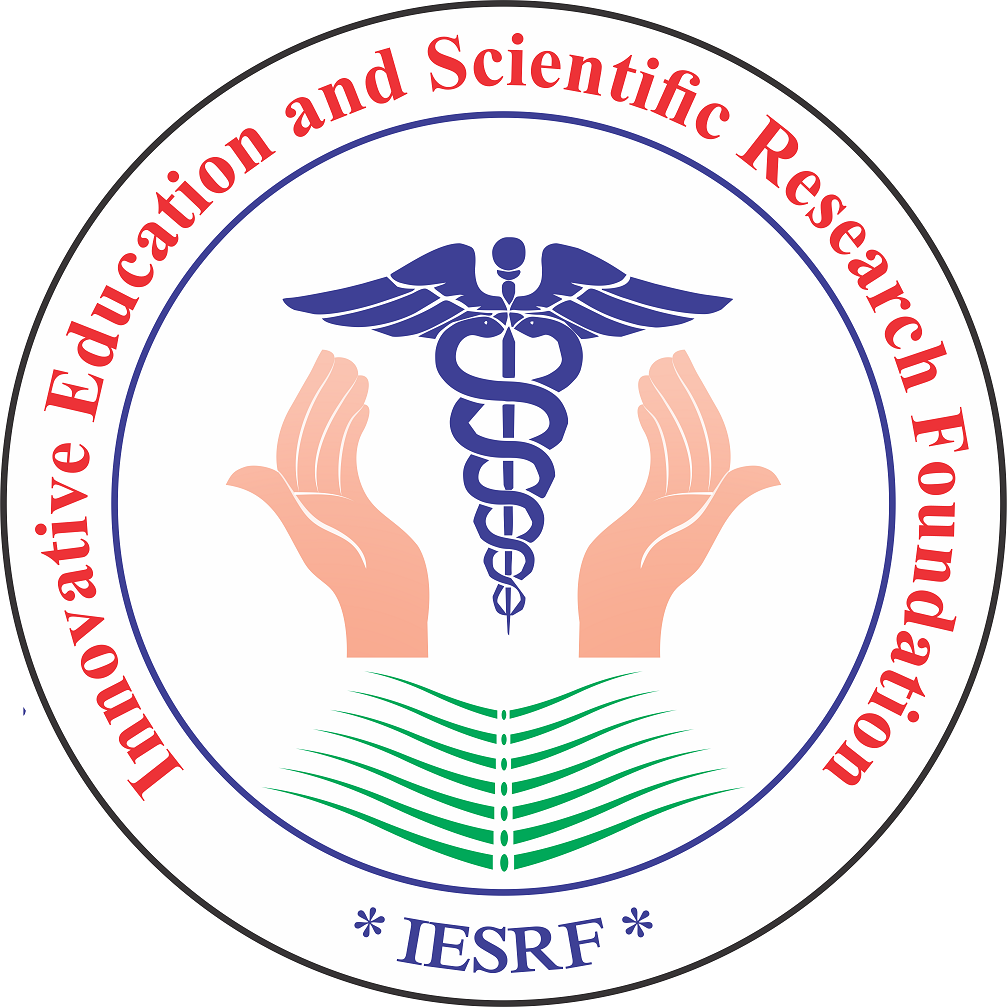Alzheimer’s disease (AD), a progressive neurodegenerative disorder, poses significant challenges in early diagnosis and effective management. Recent advances highlight the potential of salivary biomarkers as a non-invasive, cost-effective tool for diagnosing and monitoring AD. Saliva, with its rich biochemical composition, offers an accessible medium for detecting various biomarkers, including amyloid-beta (Aβ) peptides, tau proteins, oxidative stress indicators, and inflammatory cytokines. This review explores the role of these biomarkers in reflecting the pathological processes of AD, emphasizing their correlation with cognitive decline and neurodegeneration. Additionally, emerging technologies such as proteomics and metabolomics are enhancing the sensitivity and specificity of salivary biomarker detection. However, challenges such as variability in salivary composition, standardization of collection methods, and the need for robust validation studies remain significant barriers to clinical implementation. By integrating insights from recent research, this review underscores the transformative potential of salivary biomarkers in advancing early AD detection and personalized therapeutic strategies.
Keywords: Alzheimer’s disease, Salivary biomarkers, non-invasive diagnosis, Amyloid-beta, Neurodegeneration.
